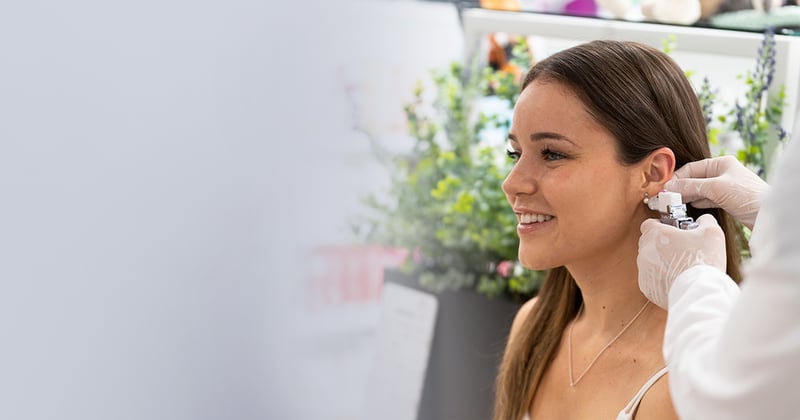

Ear Piercing
What is Ear Piercing?
Ear piercing is a form of body modification that involves making a small hole in the earlobe or cartilage to insert jewelry. Dating back thousands of years, ear piercing has been practiced across various cultures as a symbol of identity, tradition, or personal style. Today, ear piercings remain a popular form of self-expression, with a wide range of styles and techniques available.
Types of Ear Piercings
The most common type of ear piercing, lobe piercings, are typically placed through the soft, fleshy part of the earlobe. They are versatile and can accommodate a variety of jewelry styles, including studs, hoops, and dangles. The second most common type of ear piercing, cartilage piercings, are placed through the harder, upper portion of the ear. They can be done in various locations, such as the helix (outer rim), tragus (small flap in front of the ear canal), or conch (inner shell of the ear). Cartilage piercings offer a unique and edgy look, but require careful aftercare due to the slower healing process.
The Piercing Process
During the piercing procedure, a dermatologist or trained professional will use a sterile needle or piercing gun to create a small opening in the skin. The chosen jewelry is then inserted into the newly created hole. It’s essential to ensure that the procedure is performed in a clean, hygienic environment using sterile equipment to minimize the risk of infection or complications.
Aftercare and Healing
Proper aftercare ensures a smooth healing process and minimizes the risk of infection or complications. This typically involves cleaning the piercing regularly with saline solution or mild soap, avoiding touching or twisting the jewelry, and following any specific care instructions provided by your dermatologist.
REQUEST NOWInterested in Ear Piercing? Request a consultation with a skin specialist today.
*Treatment options may vary at each location.Please confirm your desired treatment is offered at your preferred location when scheduling. *Age Restriction.
For patients scheduling who are under 18 years of age (19 in Alabama) please make sure you have permission from your parent or legal guardian to schedule this appointment. Your parent or legal guardian must accompany you on your initial visit and on certain subsequent visits to provide appropriate informed consent.